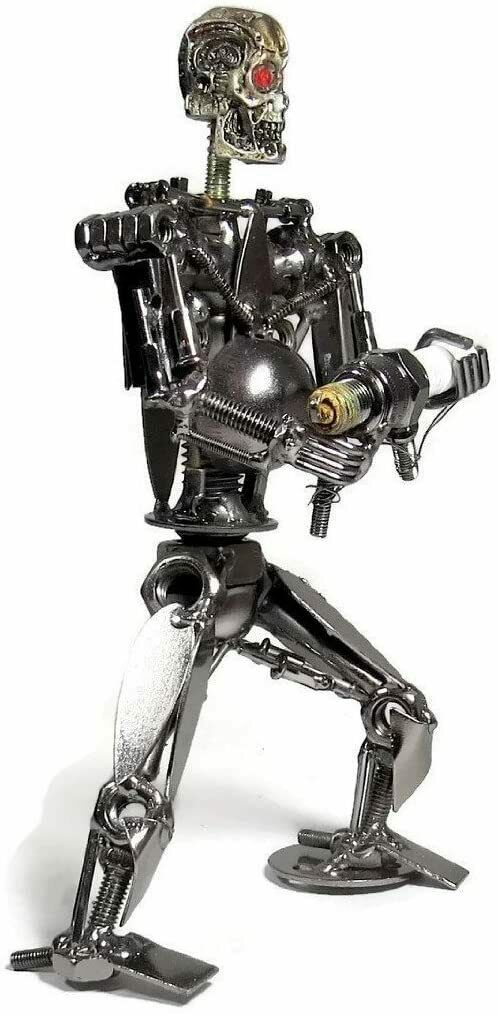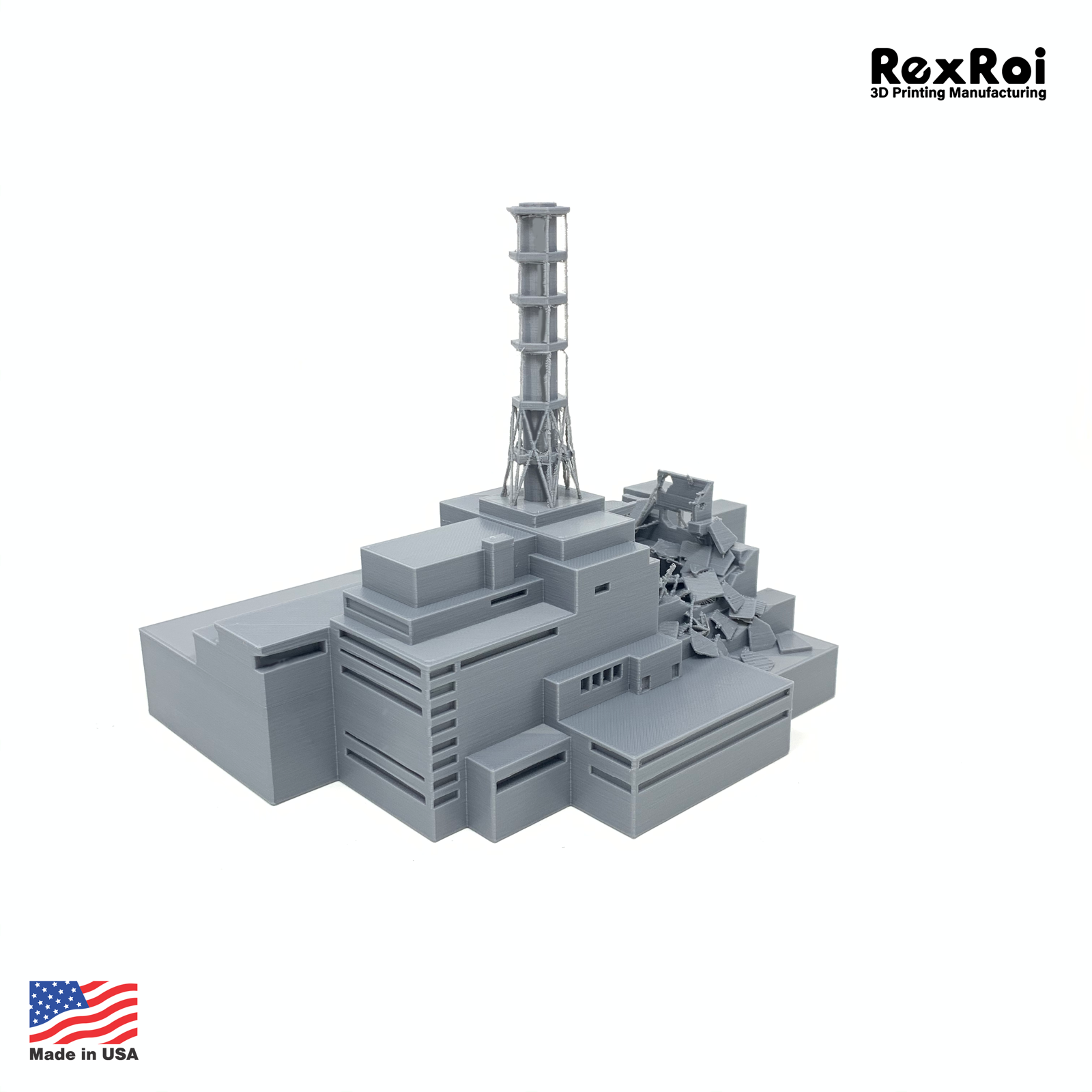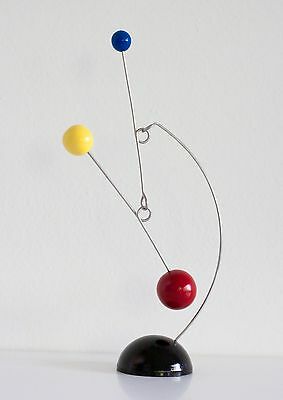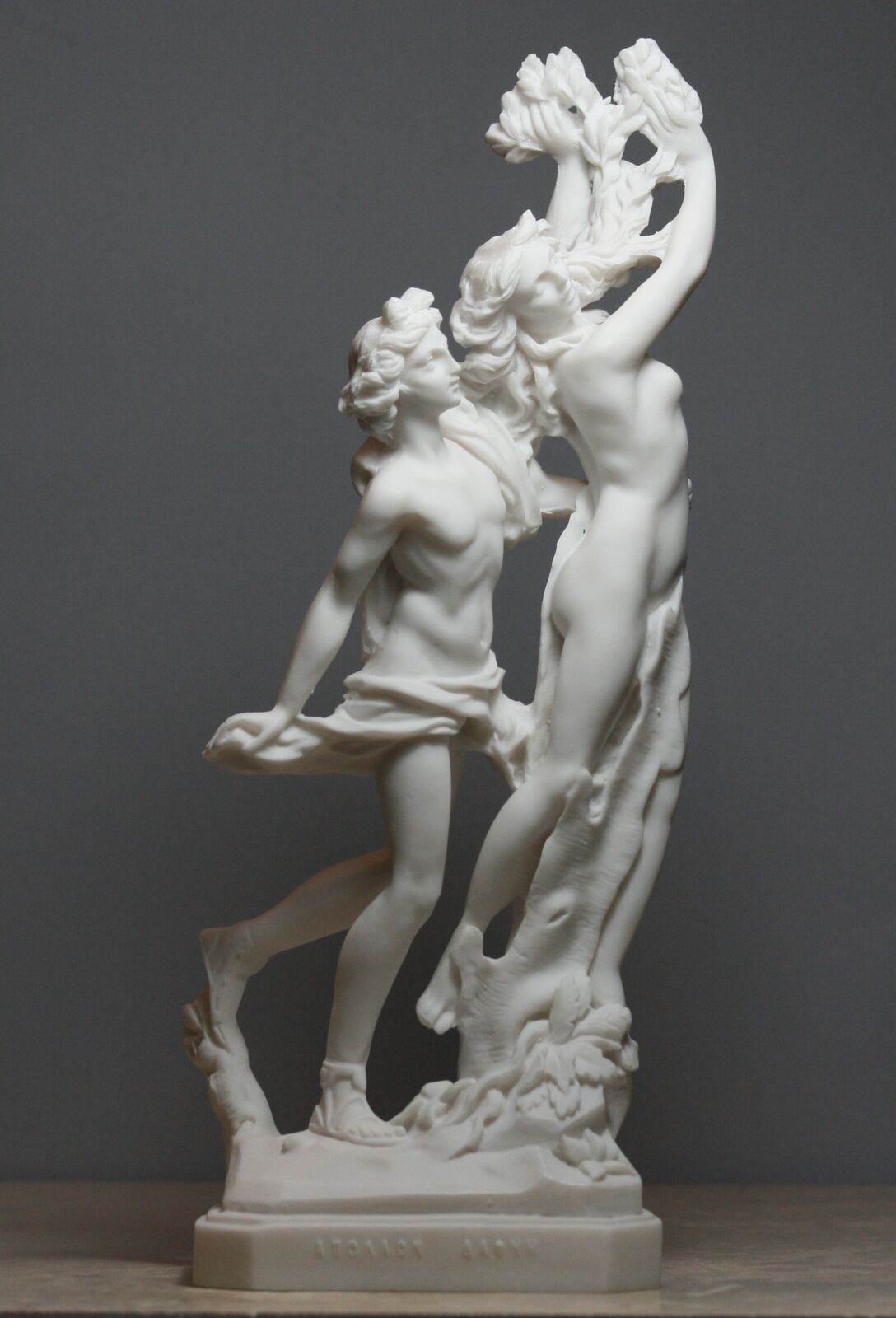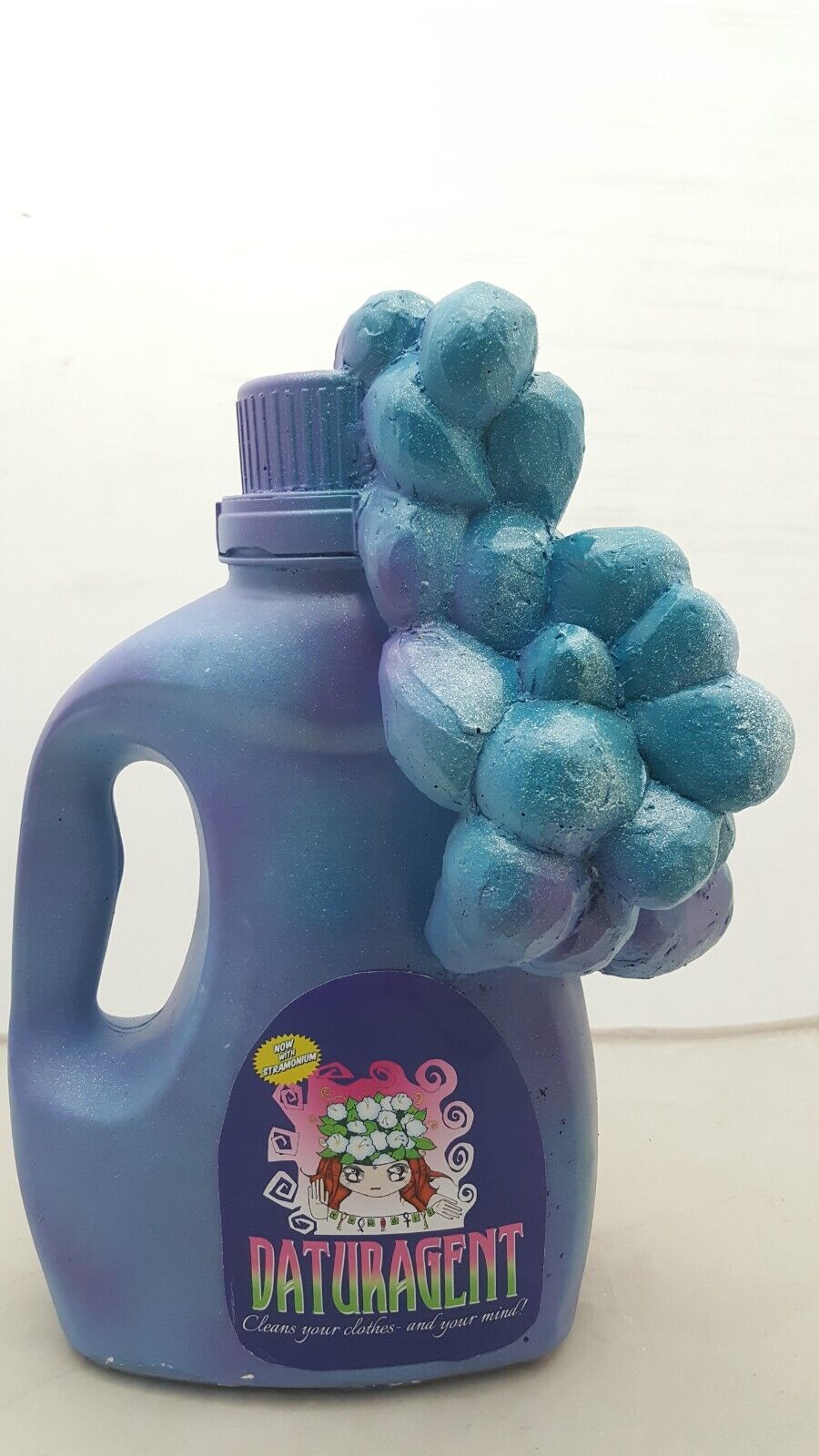-40%
MID CENTURY MODERN NUDE WOMAN SCULPTURE by IRA MATTESON - Lead - 10" long
$ 422.4
- Description
- Size Guide
Description
Description:I bought this wonderful sculpture in NJ at auction. I've been proudly displaying in my library on a book shelf for years.
After moving to Florida, I find I have just too much going on and need to thin the collections a bit.
The sculpture is done by Ira Matteson; I give some background on him below the main description.
Matteson reportedly worked in wood mostly, because he wasn't close to a foundry. He also worked in bronze and lead. This piece appears to be lead as it is magnetic and super heavy. It is solid...not hollow.
The sculpture sits on a shelf and measures 10” long, 4.5” wide and 5.75” deep. Weighs 6 pounds, 9 ounces.
It is signed on the bottom.
Interestingly, an article on the artist at his death, shows what looks like a pencil drawing in the background of this figure.
Selling prices for similar pieces can be found on Live Auctioneers database. Please note the prices would include an auction premium as well....one was an additional 28%.
Condition
:
I don't see any flaws on the piece
Please review the pictures closely as they are part of the description.
I apologize ahead of time for the cost of shipping. I only ship USPS Priority insured.
International shipping is thru the Ebay global shipping program only unless we determine we can safely do so.
Background of the artist as published in Valley News before his death
:
For much of his life, sculptor Ira Matteson, who turns 99 in June, has been working with the elemental materials of wood, iron and bronze.
His house in Thetford has a Spartan quality, stripped-down and minimalistic, with the exception of scores of pieces of sculpture that hang on walls, stand on tables and shelves, and are lined up next to each other on a couch, as if they were guests at a party.
A visitor might be forgiven for thinking that he has walked into a gallery. But Matteson does live and work here, dividing his time between making art and reading.
When interviewed, he had recently returned from walking a mile around the campus of Dartmouth College; he regularly swims at the college pool during the week.
Matteson is small-framed, with wispy hair, and he wears glasses. He does a walk-about of his house, inside and out, stopping in front of his free-standing and wall-relief sculptures to explain what he made them from and how he did it. He speaks carefully and precisely.
Outside, some of his sculptures have been placed at the bases of trees, or on the steps to his house.
The free-standing wooden sculptures, often of the human figure from feet to hips, or hips to head, are attenuated and painted black or white.
Some of the wood retains its bark, so that the sculptures have a rough but patterned surface. There’s a hint of the stacked, layered wooden assemblages of Louise Nevelson, one of the greats of 20th century American sculpture.
Matteson doesn’t work much with color, perhaps because he has some color-blindness, he said. And he never was much interested in painting.
But he does do rubbings of bark on Japanese paper, a technique called frottage that was developed by the German surrealist Max Ernst and involves placing paper over an uneven surface and producing an image by going over the paper with a pencil or other tool.
Matteson’s wall-reliefs, which he carves and assembles from butternut wood, retain the three-dimensionality of the human figure against the two-dimensional wall surface. He uses a jigsaw to carve the wood. He might make a torso from three or four pieces of wood, for example.
When he connects the pieces each one emerges from the whole on a different plane, so that a figure seems to have its own torque, and kinetic energy.
To enhance that appearance of contained action, he said, he both tilts the figures in unexpected directions, so that they’re not read straight-on, and he also chooses his wood carefully.
“
I’ve chosen the movement of the grain to help that,” he said.
Matteson and his wife moved to Thetford from Ohio in 1994. Helen Matteson, who died in 2011, was also an artist: her drawings and watercolors adorn the white walls. Both artists are included in the exhibition “Director’s Choice,” currently on view at BigTown Gallery in Rochester, Vt.
BigTown director Anni Mackay met Matteson 2½ years ago. One of the things that struck her about him, she said, is that he is one of those artists “who are really serious about the inquiry. It’s just such a sustaining focus for him and he never let go of it.”
Matteson grew up in Wethersfield, Conn., south of Hartford, not far from the Connecticut River. When other high school students headed off to college, Matteson headed for New York. He moved there in 1937 and found a place to stay at the YMCA.
He had an interest in radios, and when he got to the city he looked for work in the manufacturing of airplane radios. When he learned that that work was only seasonal, someone who knew of Matteson’s interest in art recommended that he look at the Art Students League, founded in 1875.
The League’s roster of teachers and students is a Who’s Who in American art: Jackson Pollock, James Rosenquist, Helen Frankenthaler, Norman Rockwell, Eva Hesse and Thomas Hart Benton, among them.
Two of the League’s best-known teachers, sculptors Arthur Lee and William Zorach, taught Matteson over the years, before and after the war.
Matteson also got odd jobs through the League, and for a time worked at the now-defunct Riverside Museum, which housed the art of Russian-born Nicholas Roerich in an Art Deco building on Manhattan’s Riverside Drive. (The Roerich collection is now in a brownstone on the Upper West Side.)
When the war came, Matteson was drafted into the Army, spent time on the West Coast and was then sent to England. He recalled side trips to London to the theater and hearing, while in the audience, the click-click-click of German bombs passing overhead. When the war ended, he was sent to Germany near Wiesbaden to help dismantle chemical weapons depots.
When he returned to the U.S., like many veterans, he took advantage of the G.I. Bill to go back to the Art Students League, and taught art classes down in Greenwich Village. It was in one of the classes that he met his future wife, Helen Dwyer.
From 1953 to 1955 Matteson was awarded the Rome Prize fellowship in sculpture to the American Academy in Rome. The Mattesons then moved back to New York, where he began teaching again.
In 1958, they had a daughter, Abigail. In 1968, he and his wife moved to Ohio where he took a position teaching art at Kent State University and remained there until he and his wife moved to Vermont on the suggestion of an old friend and fellow artist, Martha Boyajian, who lived in Strafford, and knew him from his Art Student League days.
Because there were no nearby foundries when Matteson moved to Thetford, he switched to using wood as his primary material.
He sketches daily, using an old trick that Arthur Lee taught him. He draws upward, rather than down. By doing that, he said, “You’re always seeing the paper to work against it.”
It makes you really think about the lines rather than putting the pen or pencil on an automatic downward trajectory, he said.
That attention to how he makes his work is one of the reasons that Mackay has valued collaborating with him.
“
It’s been really a treat because he’s still very vibrant and one of the most intellectually clear-headed ... people I’ve yet to work with,” she said.
Works by Ira and Helen Matteson are on view at BigTown Gallery in Rochester, Vt. through July 9.












